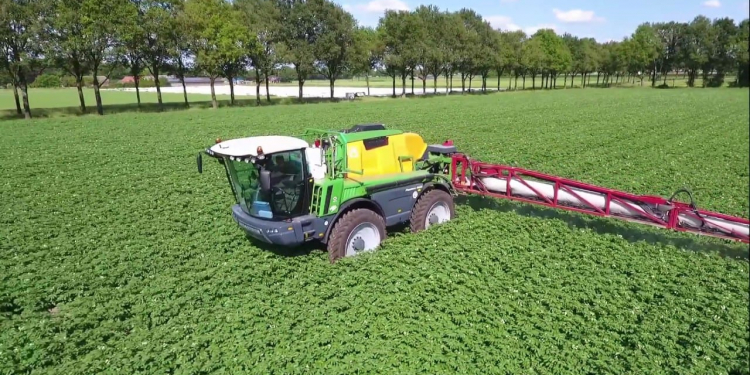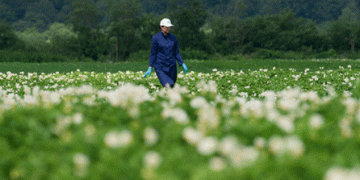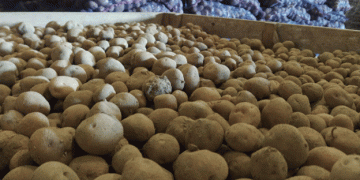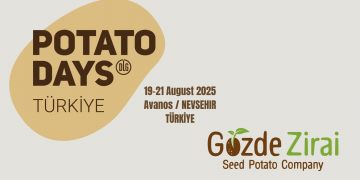Forecast models are a good tool for starting the spraying process. However, it is important to control the potato whipping yourself.
If the past two years have brought an advantage, it is clear savings in crop protection. This was also evident in late blight . Fighting was usually possible without great effort – if it was necessary at all.
But one thing is also clear: to draw a generalization from the two years of drought would be negligent. Late blight, caused by the fungus Phytophthora infestans, remains the disease most relevant to yield in warm, humid weather.
In addition, Alternaria can also occur regionally to a greater extent, especially in late-ripening varieties. With some Alternaria fungicides, the loss of efficacy progresses. It is therefore important to select and alternate the means in a targeted manner.
Nip the causes in the bud
In potato cultivation, integrated pest management means finding possible sources of initial infection and avoiding them. This includes:
- Consistently avoid potato growth at storage or waste sites on the edge of the field,
- Control volunteer and weed potatoes in other crops without exception,
- Pay attention to the quality of the planting material – especially if you are growing your own.
Recommendations for starting the spray
The fungicides at the start of the spraying are intended to prevent possible stalk infestation that can arise from infected tubers.
Systemic agents such as Ridomil Gold MZ, Infinito or Proxanil Extra are suitable for this. The systemic agent Zorvec Enicade NZEB can also be used to start the injection. To protect against resistance, however, it should never be used in the event of an infestation!
Use Ridomil Gold MZ and Fantic M to avoid resistance at most once at the start of the spraying and never with a reduced application rate. If the infection pressure is medium to high at the start of the injection, a mix of systemic fungicide plus fluazinam-containing contact agent with a spore-killing effect is recommended.
Distribute contact material optimally
In comparison to other classes of active substances, the contact fungicides only detect late blight on the leaf material outside the plant. Attention: new growth is not protected! For this reason, the distribution and wetting when applying the contact fungicides is very important.
The two strongest contact agents with spore-killing effects are fluazinam (Shirlan, Carneol, Winby, Terminus and others) and cyazofamid in Ranman Top. Both active ingredients are stored in the wax layer and are quickly rainproof.
The contact agent Mancozeb (Manzate, Vondac, Dithane Neotec and others) does not kill spores and is not rainproof. With its side effect on Alternaria and in combination with Zoxamide (Electis) or Amisulbrom (Shaktis), it has a justified place in the spraying sequence in phases with low late blight pressure.
Contact means table for download (pdf 2,07 МВ)
Alternaria: watch out for resistances
When combating dry spot disease, caused by Alternaria solani, a targeted choice of agents is even more important than with late blight. Alternaria can cause significant yield losses, especially in starch, industrial or table potatoes with late ripening groups.
In years with longer dry periods in the second half of growth, the pathogen can establish itself particularly strongly in the stands and ensure premature maturation.
The formerly high effectiveness of azoxystrobin (Ortiva) against Alternaria solani was based on a very specific mode of action. Around ten years ago, a mutation in the alternariagenome caused azoxystrobin to become significantly less effective.
Table of alternative means for download (pdf 2,06 МВ)
Use Signum and Ortiva with care
A parallel development has been observed for the active ingredient Boscalid (Signum) since 2011. For years, trials in Lower Saxony have shown a very advanced loss of effectiveness for Ortiva and Signum.
The currently most effective agents are Revus Top (mandipropamid plus difenoconazole), Narita (difenoconazole) and Tanos plus Electis. These potent agents are recommended at the onset of an attack against Alternaria.
Alternative haulm reduction methods in potatoes – the results







